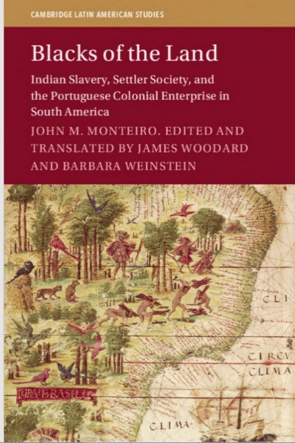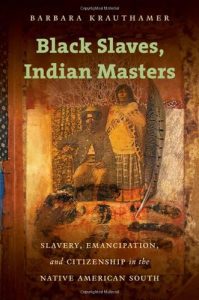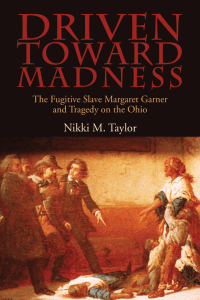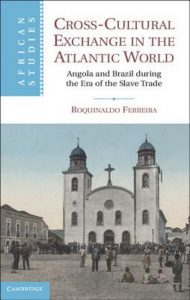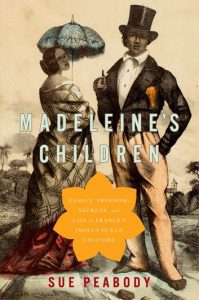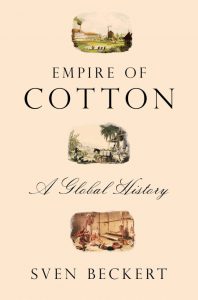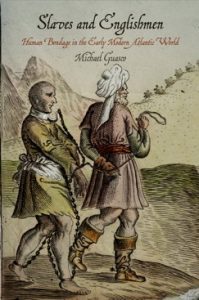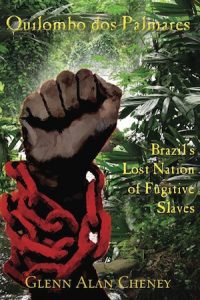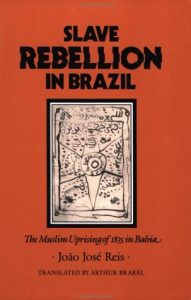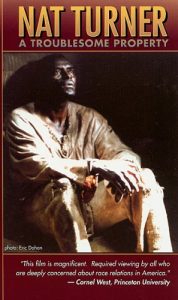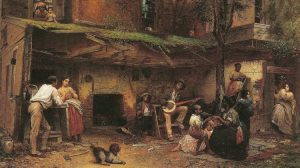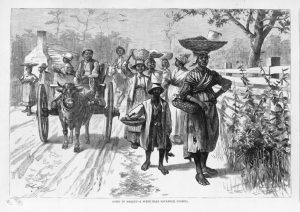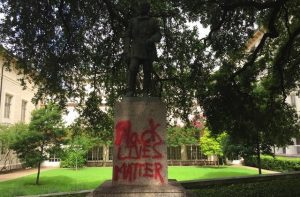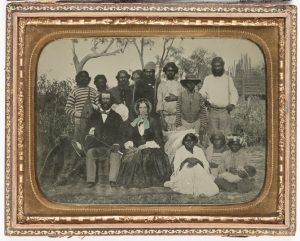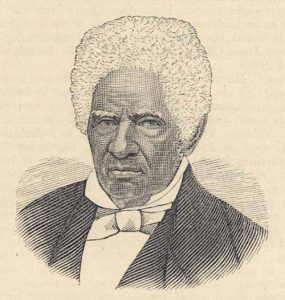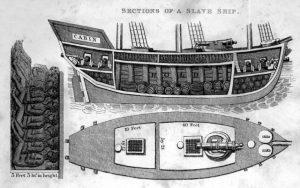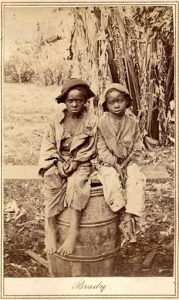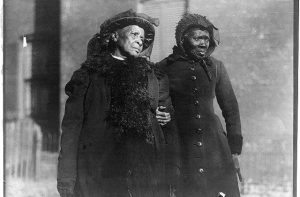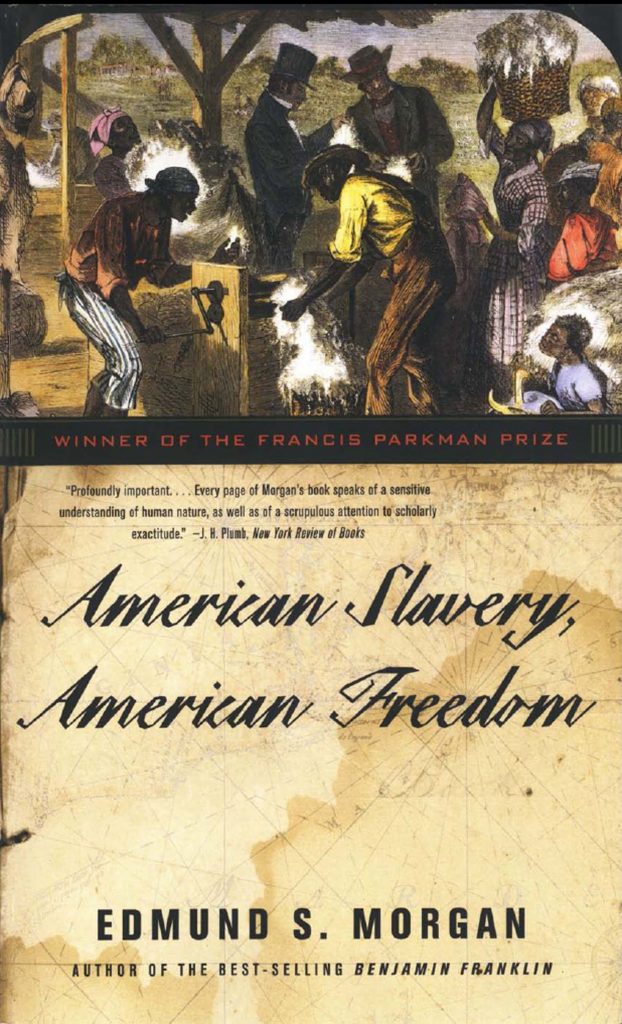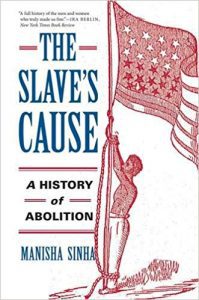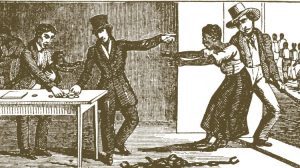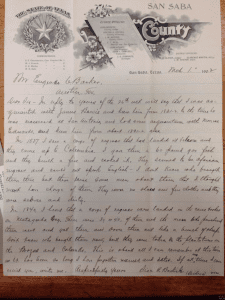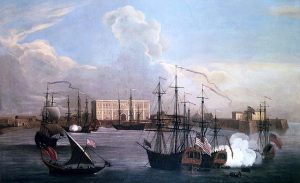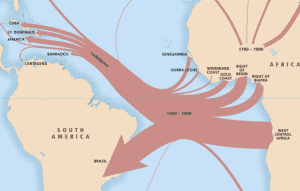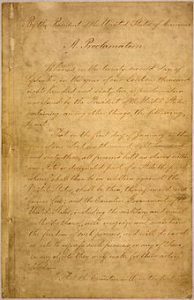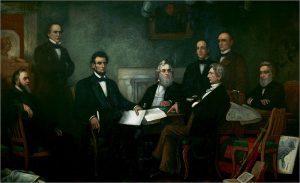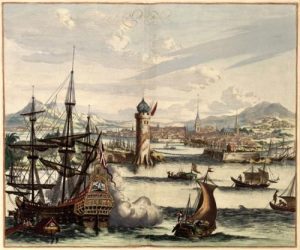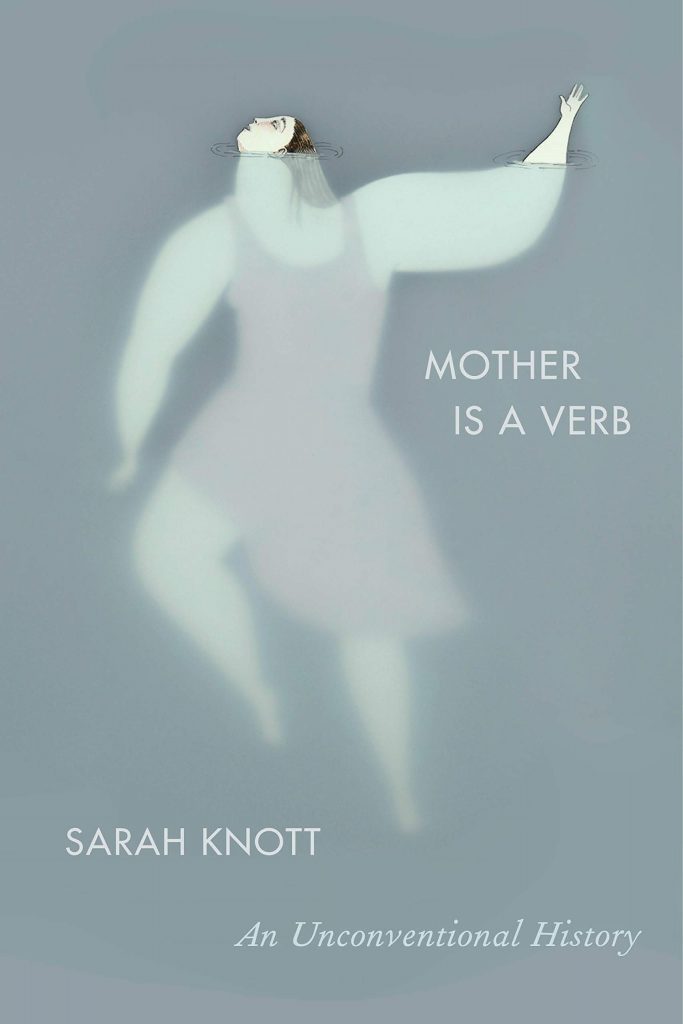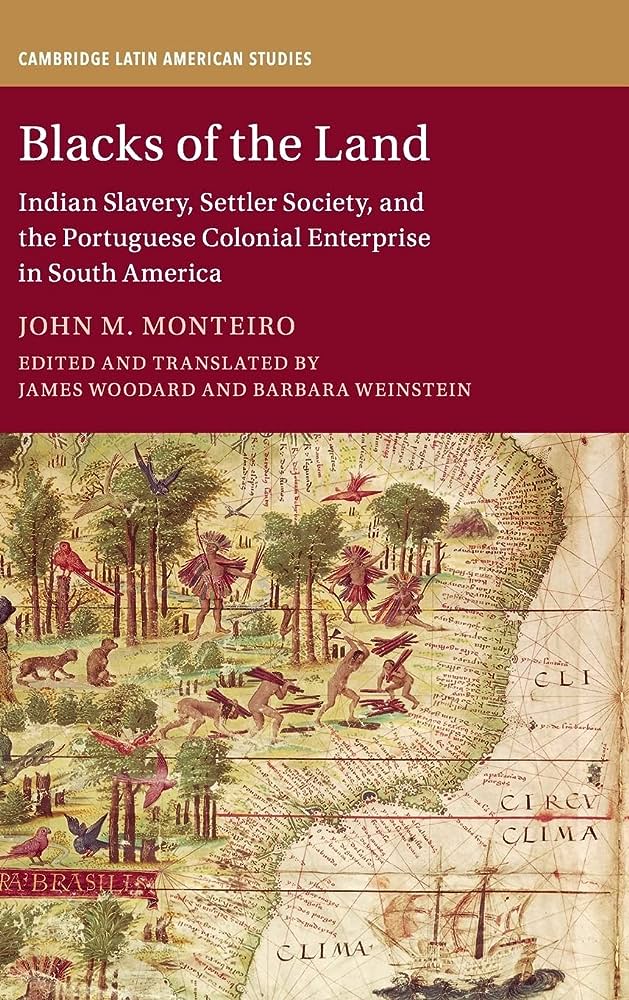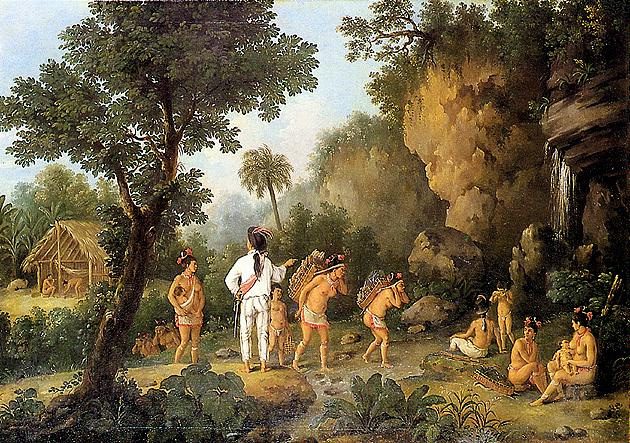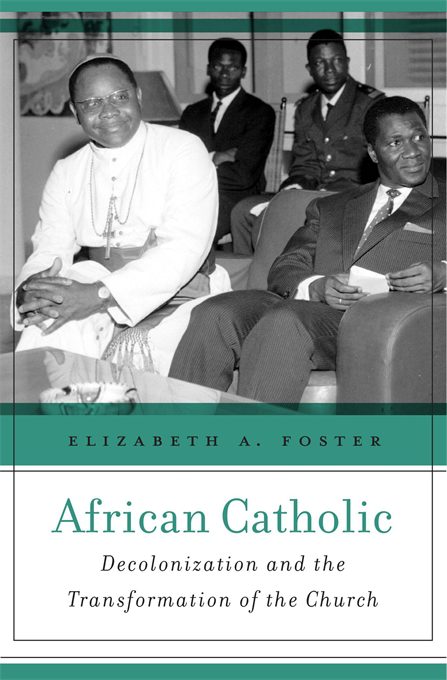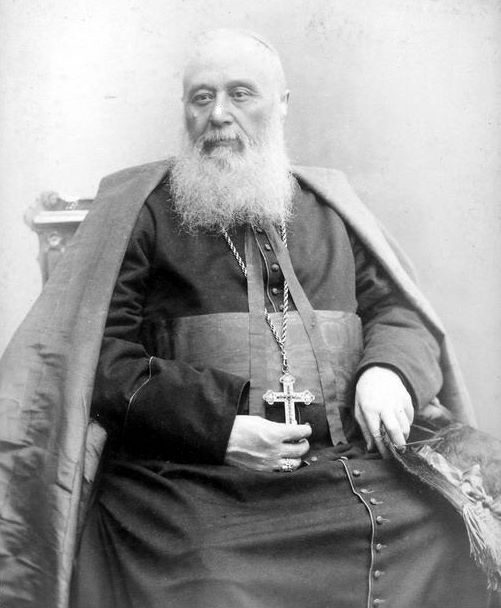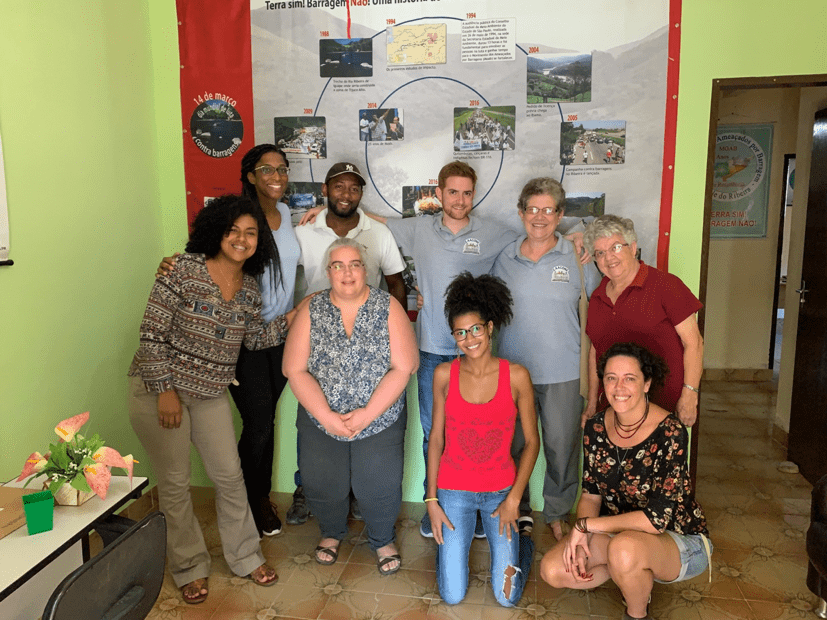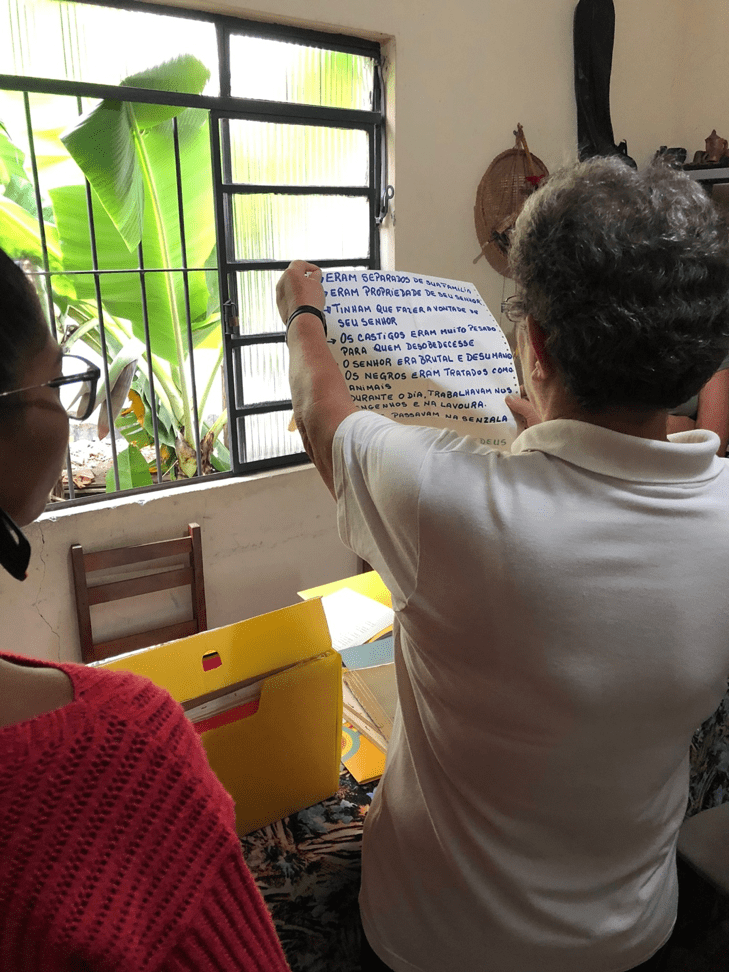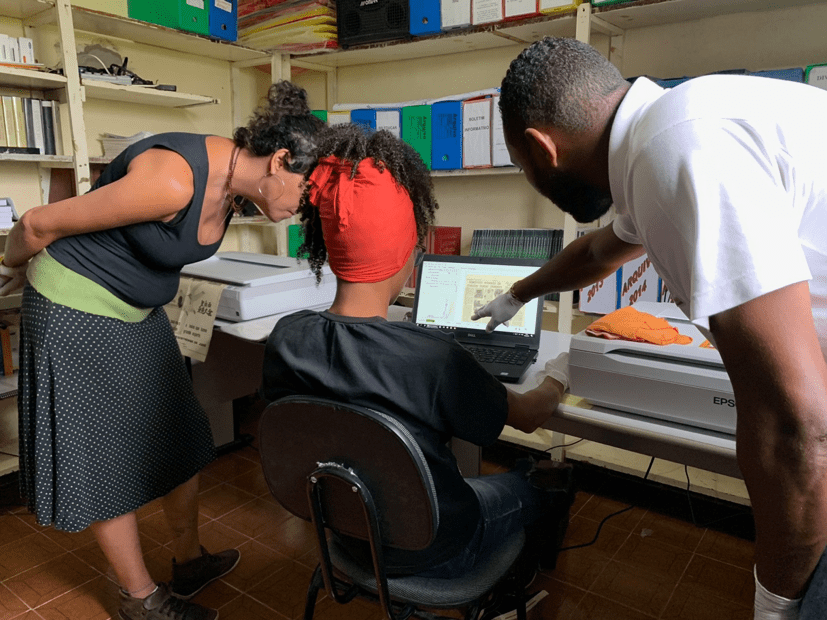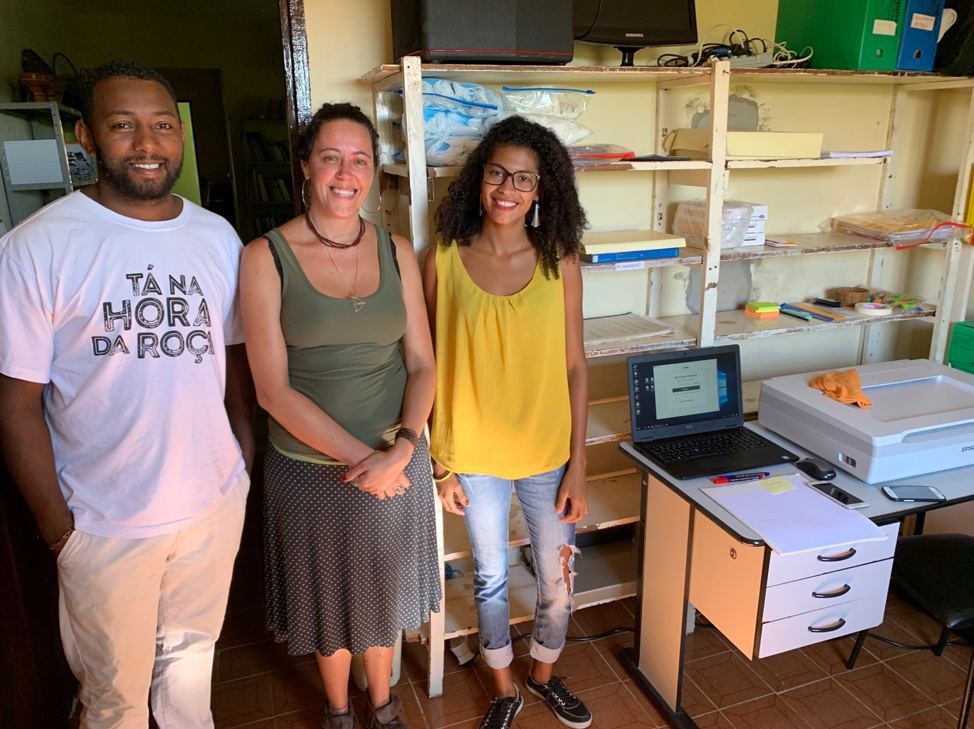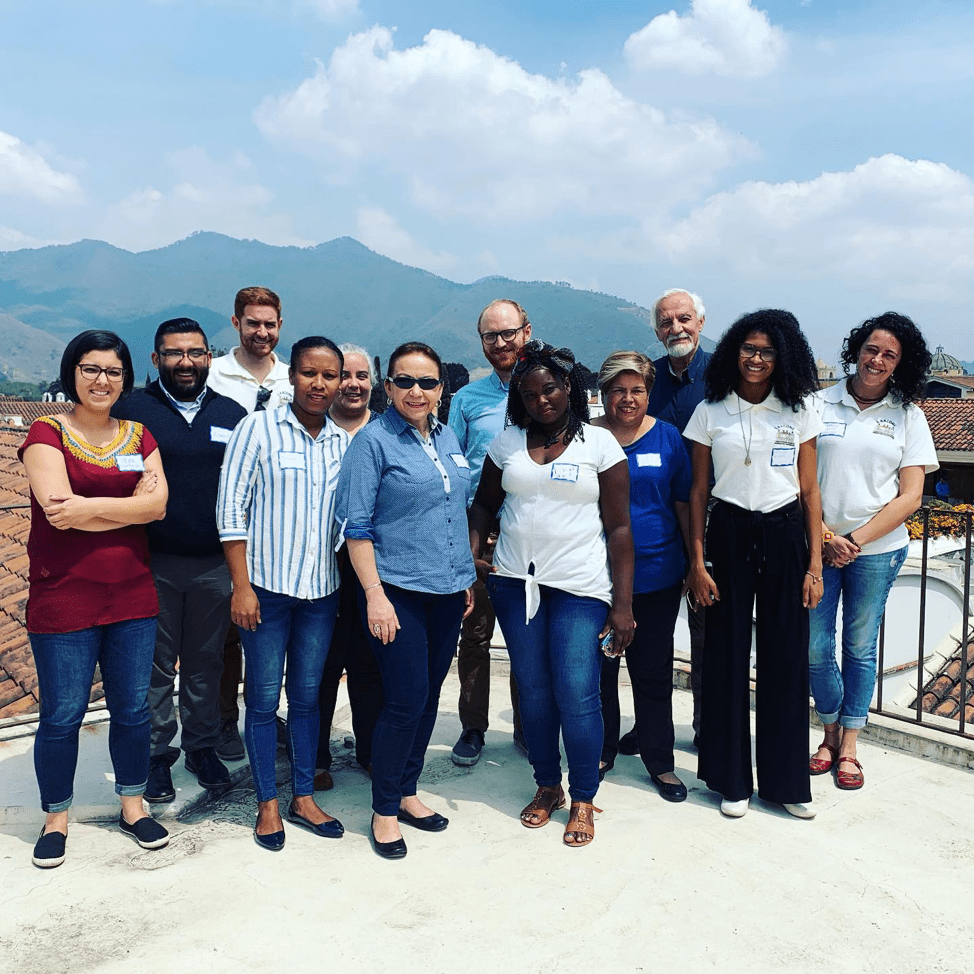Slavery and the slave trade transformed the world. According to the Trans-Atlantic Slave Trade Database, 12.5 million African women, men and children were shipped across the Atlantic to North and South America as slaves. As many as 2 million died in transit. In recent years, historians have started to investigate slavery in other contexts. While the Atlantic slave trade was vast, slavery was a truly global phenomenon appearing in diverse regions. Not Even Past offers a range of book reviews, articles, and podcasts related to slavery. They engage issues as varied as capitalism, labor, race, gender, and love, among others. We hope this collection can act as a resource for teachers looking to build their curriculum, and portal for all readers interested in new writing and scholarly debates
Books on Slavery
Blacks of the Land: Indian Slavery, Settler Society, and the Portuguese Colonial Enterprise in South America by John M. Monteiro (2018)
Black Slaves, Indian Masters: Slavery, Emancipation, and Citizenship in the Native American South, by Barbara Krauthamer (2013)
Driven Toward Madness: The Fugitive Slave Margaret Garner on the Ohio by Nikki M. Taylor (2016)
Cross-Cultural Exchange in the Atlantic World; Angola and Brazil during the Era of the Slave Trade by Roquinaldo Ferreira (2012)
Madeleine’s Children: Family, Freedom, Secrets and Lies in France’s Indian Ocean Colonies, by Sue Peabody (2017)
Empire of Cotton: A Global History by Sven Beckert (2015)
Slaves and Englishmen, by Michael Guasco (2014)
Quilombo dos Palmares: Brazil’s Lost Nation of Fugitive Slaves, by Glenn Cheney (2014) – by Edward Shore
Slave Rebellion in Brazil: The Muslin Uprising of 1835 in Bahia by João José Reis (1993) – by Michael Hatch
Nat Turner: A Troublesome Property (2002) – by Daina Ramey Berry and Jermaine Thibodeaux
Articles on Slavery
Love in the Time of Texas Slavery – by María Esther Hammack
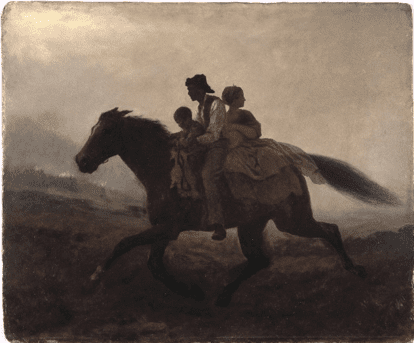
White Women and the Economy of Slavery – by Stephanie E. Jones-Rogers
The Public Archive: The Paperwork of Slavery – Galia Sims
US Survey Course: Slavery
Slavery and Race in Colonial Latin America
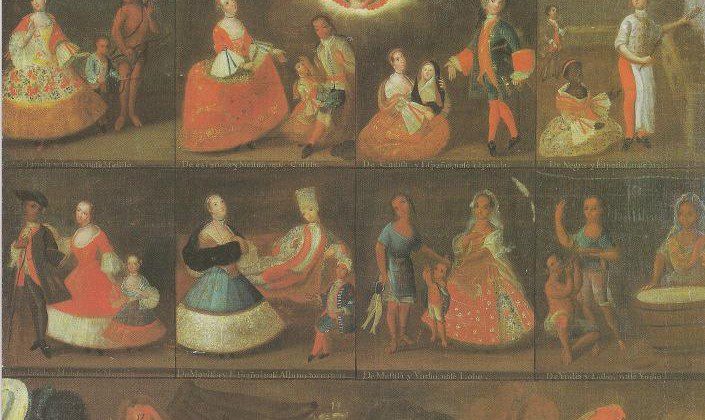
Slavery and its Legacy – by Mark Sheaves
#Blacklivesmatter Till They Don’t: Slavery’s Lasting Legacy – by Daina Ramey Berry and Jennifer L. Morgan
Slavery in America: Back in the Headlines – by Daina Ramey Berry
Andrew Cox Marshall: Between Slavery and Freedom in Savannah – by Tania Sammons
Slavery and Freedom in Savannah – by Leslie M. Harris and Daina Ramey Berry
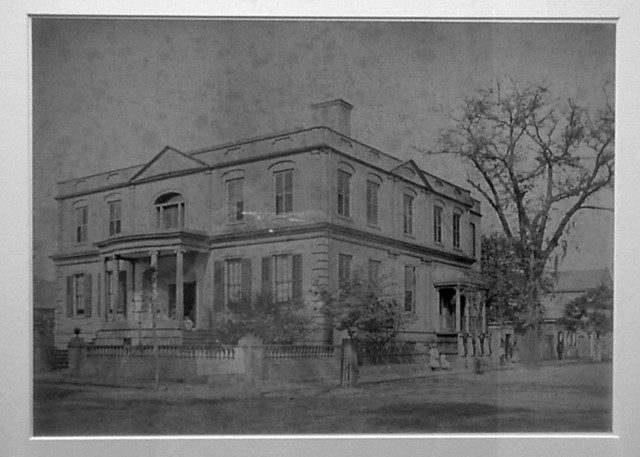
The Cross-Cultural Exchange of Atlantic Slavery – by Samantha Rubino
Visualizing Emancipation(s): Mapping the End of Slavery in America – by Henry Wiencek
Daina Ramey Berry on Slavery, Work and Sexuality
Great Books on Slavery, Abolition, and Reconstruction – by Jacqueline Jones
The Littlefield Lectures: The Van and the Read: Abolitionists Roots of Radical Reconstruction (Day 1)
The Littlefield Lectures: The Van and the Rear: Abolitionists Roots of Radical Reconstruction (Day 2)
The Price for Their Pound of Flesh – by Daina Ramey Berry
The Illegal Slave Trade in Texas, 1808-1865 – by Maria Esther Hammack
Glimpsed in the Archive and Known no More: One Indian Slave’s Tale – by Sumit Guha
Mapping the Slave Trade: The New Archive (No. 10) – by Henry Wiencek
The Emancipation Proclamation and its Aftermath
Work Left Undone: Emancipation was not Abolition – by George Forgie
“Captive Fates: Displace American Indians in the Southwest Borderlands, Mexico, and Cuba, 1500-1800” – by Paul Conrad
Film Reviews
“12 Years a Slave” and the Difficulty of Dramatizing the “Peculiar Institution” – by Jermaine Thibodeaux
Quentin Tarantino’s Django Unchained (2012) – by Daina Ramey Berry
Great Books on Enslaved Life and Labor in the US – by Daina Ramey Berry
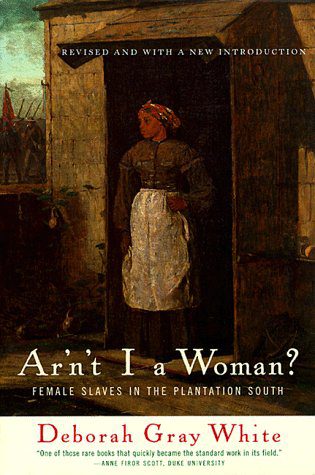
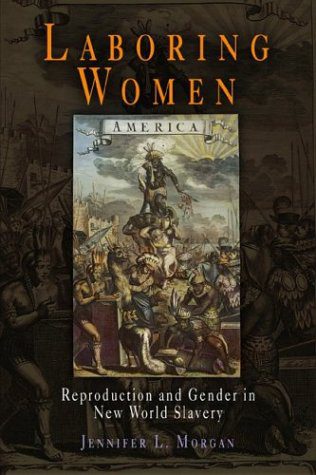
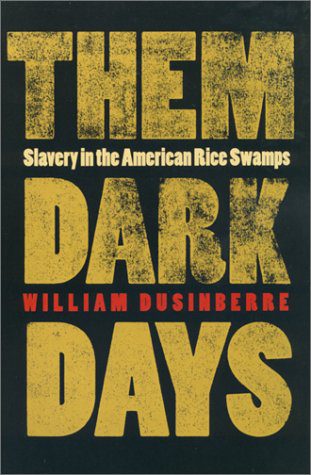
Podcasts on Slavery
Episode 120: Slave-Owning Women in the Antebellum U.S.
Episode 114: Slavery in Indian Territory
Episode 105: Slavery and Abolition
Episode 98: Brazil’s Treatro Negro and Afro-Brazilian Identity
Episode 88: The Search for Family Lost in Slavery
Episode 70: Slavery and Abolition in Iran
Episode 54: Urban Slavery in the Antebellum U.S.
Episode 42: The Senses of Slavery
Compiled by Jesse Ritner, updated by Adam Clulow
